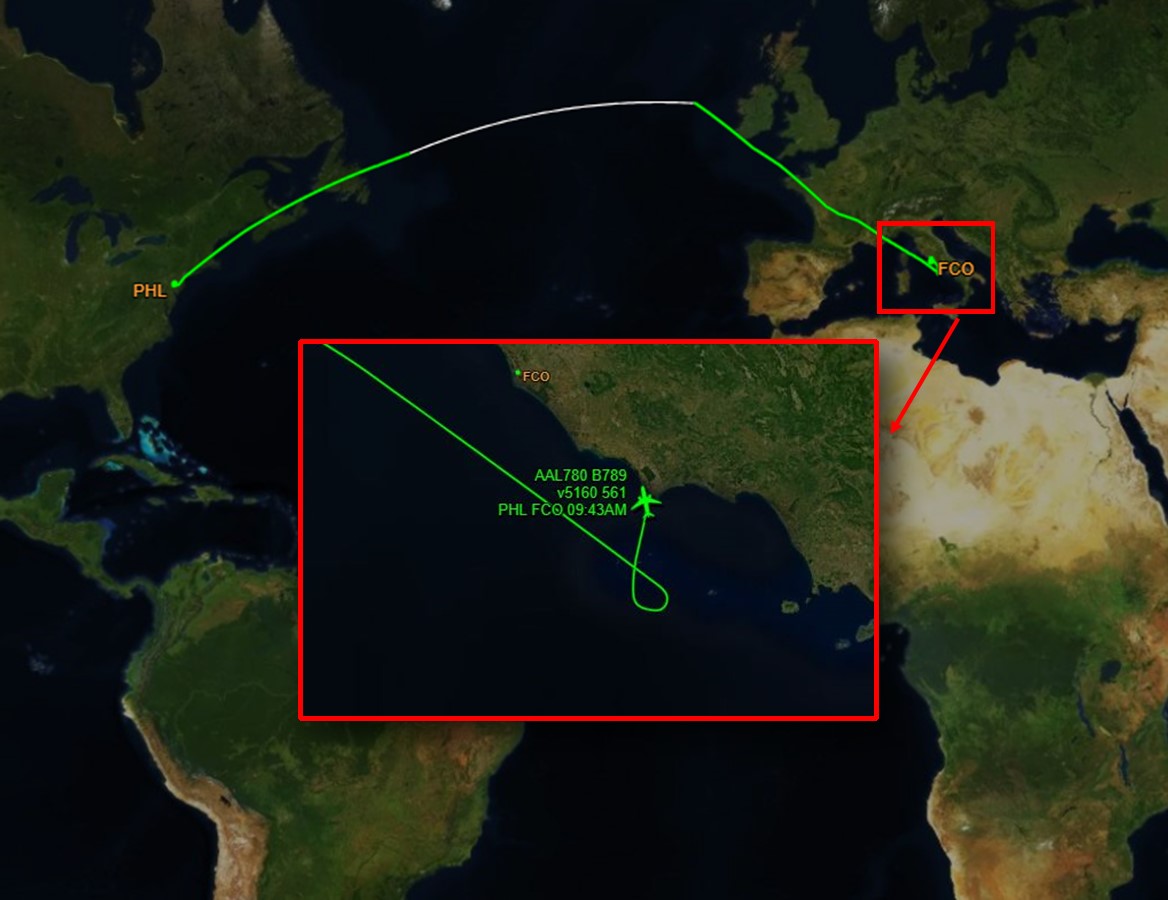What is written in the Trump duties table, and why the calculations are wrong: the EU and the Vietnam case

The items of the table presented by Trump: the complete list of countries, with all the percentages. The example of VAT, considered a duty
The president Donald Trump At 10pm (Italian time) of April 2, from the Rose Garden of the White House, He launched his attack on the world, announcing the « mutual duties » that the United States will introduce towards all the countries of the terracqueo globe. He did it with his usual tones and in front of the reunited press, illustrating the figures combined with each individual villageand through a table with the list of « affected » nations by the measures and related rates which, in reality, will not be completely mutual.
During his speechTrump also said that the duties would be in force starting from midnight, but, immediately afterwards, the White House specified that The rates will be effective between 5 and 9 Aprilin a sort of scagled calendar. Saturday 5 April, at 6, Italian time, they will enter into force the duties of 10%; While on Wednesday 9 April, at the same time, those of over 10% imposed on the assets imported to the United States by countries such as China and the European Union.
On the « day of liberation », the Tycoon therefore promised the return of jobs to the United States and insisted on wanting to give priority to its internal market. « It will mean the golden age for America »he said, « that it will arrive soon. » But is it really the case?
The Trumpian criterion
First of all, let’s try to understand what is the criterion adopted by the Trump Administration and which led to this list. The White House has applied a very simple calculation: duty equal to half of that suffered by the States by the various countries. According to this criterion, at the top of the list of customs taxation, China is finished, which imposes duties of 67% and will therefore be affected by rates of 34%. Against the European Union, which protects its production according to Trump, including the Italian one, with gabelles of 39%, and which for the president has « robbed » America, the US react now with rates of 20% (therefore a retaliation that slightly rounds up the announced « half »).
The « case » Vietnam
Then, there are Taiwan (32%), Japan (24%), India (26%), South Korea (25%), Switzerland (31%), up to the United Kingdom. London is the recipient of an increase in duties equal only to 10%, in line with those adopted against the United States. Some countries, on the other hand, are affected in a truly exceptional way. The most « tartened » one, with 46%, is Vietnamwhich has a commercial surplus of 123.5 billion dollars with the United States. Over the years, Vietnam has become a production center of racing shoes, sportswear and high -tech outdoor: in the Asian country the brands have tried to reduce exposure to China.
Starting from Nike. The famous sportswear brand depends, in fact, strongly on Vietnam. According to its annual report, Nike produced 50% of its footwear and 28% of its clothing in the financial year 2024 in the Asian country. The rival AdidaS, on the other hand, is a little less exposed and counts the Asaiitico country for 39% of its footwear and 18% of its clothing. The commercial attack on Vietnam is, for us, an excellent example to tell theAnother face of the medal of Trump’s choices. Moving production from Vietnam is not a simple issue for sports brands. Other countries of Southeast Asia, such as Cambodia and Indonesia, have also undergone duties (49% and 32% respectively). The increase in rates towards the products imported from Vietnam, therefore, will force the brands to absorb greater costs and, probably, to increase prices. Prices that will eventually pay American citizens. And this will obviously not happen only for sneakers (read here another example: The case of washing machines).
Trump’s « wrong » accounts
Trump’s arguments are undoubtedly captivating for his electorate, but the accusations that moves do not start from always real data. For example, when he says that the European Union imposes duties on the goods of the United States 39% is wrong. Because, as we well know, We also pay the VAT on those goods. But the value added tax, such as the Sales Tax USA, does not make distinctions on the origin of the goods. In the days that preceded the bombastic announcement in the Rose Garden, Trump used VAT as one of the topics to explain his « commercial war ». According to his idea, « VAT is a duty » And as such is a tax that contributes to explaining the commercial deficit of the United States with the European Union (236 billion dollars in 2024). In essence, his idea (but not only his, must be said), is that a value added tax system provides export subsidies and acts as a tax on imports. This is simply not true.
To understand well where Trump’s « stumbled » is to keep in mind that a duty is a tax aimed at affecting only the goods imported into a country with the aim of discouraging their consumption and therefore making them more expensive than the goods produced internally to the country itself. The duties are therefore a protectionist policy tool. VAT, on the other hand, is a tax that taxes all the goods consumed within a country in the same way. In short, it does not distinguish on the origin of the good (so to speak, an appliance imported from the United States is weighed down by the same VAT which weighs on an appliance produced in Italy). Therefore, there is no intention of limiting imports in its application. However, it is important to emphasize that if we, as Trump would like, does not impose VAT to Made in the US products as we impose it on the goods produced in Italy, we would be in the paradoxical situation of privileging imported goods. These, in fact, would be less expensive than those produced in Italy and, in fact, would even enjoy a sort of state subsidy.
The list of all countries affected by duties
Here is the complete list of countries affected by American duties, strictly in alphabetical order:
Algeria 30%
Angola 32%
Bangladesh 37%
Bosnia erzegovina 36%
Botswana 38%
Brunei 24%
Cambogia 49%
Cameroon 12%
Chad 13%
China 34%
South Korea 26%
Ivory coast 21%
Philippines 18%
Fiji 32%
Japan 24%
Jordan 20%
Guinea Equatorial 13%
Guyana 38%
India 27%
Indonesia 32%
Iraq 39%
Falkland Islands 42%
Israel 17%
Kazakhstan 27%
Laos 48%
Lesotho 50%
Libya 31%
Liechtenstein 37%
North Macedonia 33%
Madagascar 47%
Malawi 18%
Malaysia 24%
Mauritius 40%
Moldova 31%
Mozambique 16%
Myanmar 45%
Namibia 21%
Nauru 30%
Nicaragua 19%
Nigeria 14%
Norway 16%
Pakistan 30%
Democratic Republic of Congo 11%
Serbia 38%
South Africa 31%
Sri Lanka 44%
Switzerland 32%
Syria 41%
Taiwan 32%
Thailand 37%
Tunisia 28%
European Union 20%
Vanuatu 23%
Venezuela 15%
Vietnam 46%
Zambia 17%
Zimbabwe 18%








